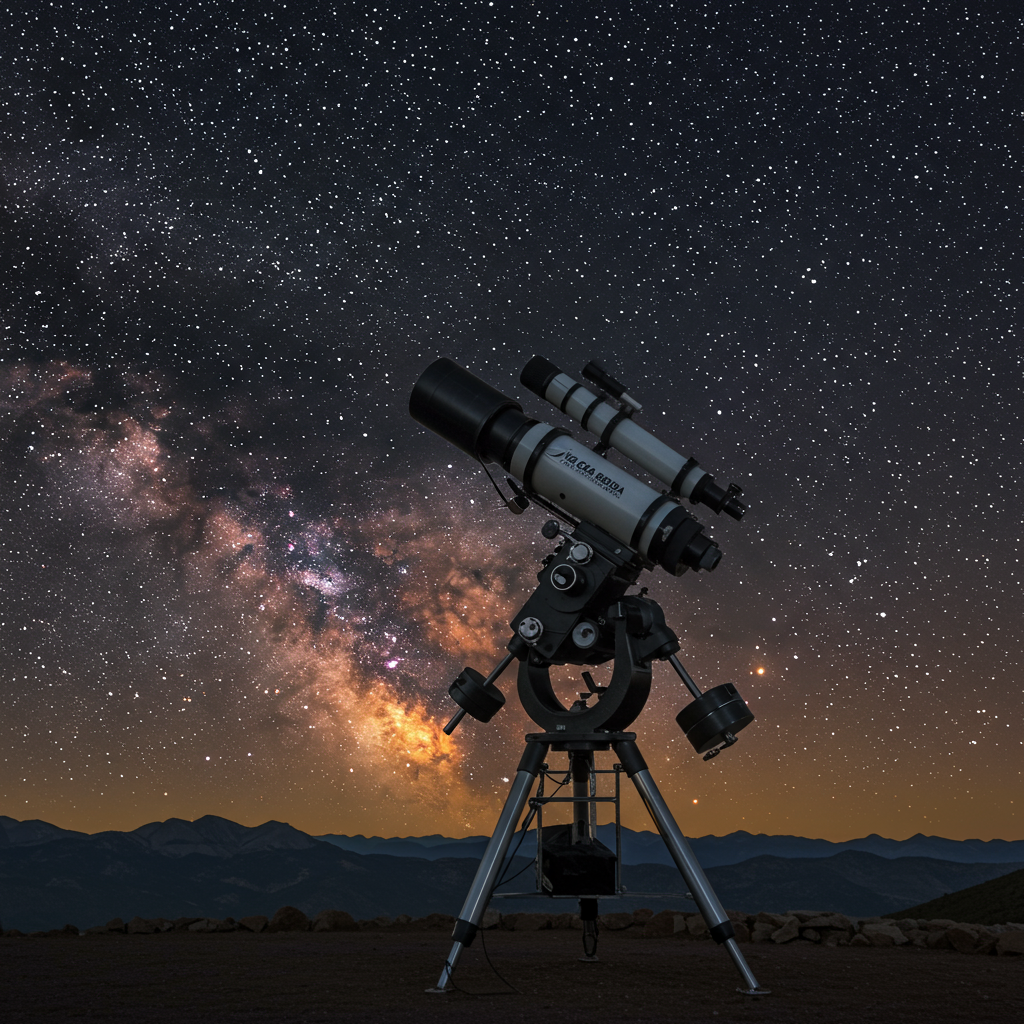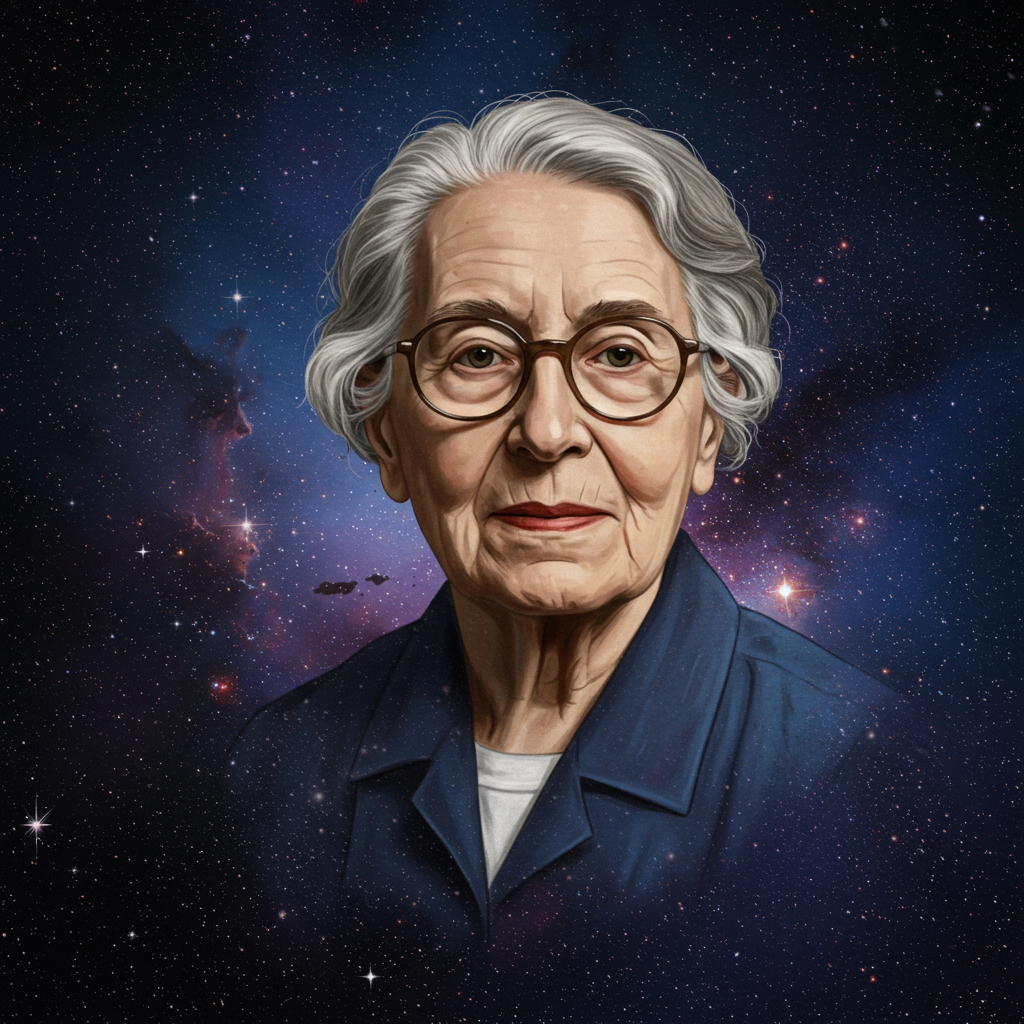The astronomical community is buzzing with excitement following the release of the first stunning images from the Vera C. Rubin Observatory. Poised to become the world’s most powerful survey telescope, Rubin’s initial glimpses into the cosmos, captured during testing, offer a breathtaking preview of its ambitious 10-year mission. For the University of Arizona (UArizona), this milestone represents the culmination of decades of foundational work and pioneering ingenuity that were instrumental in bringing this extraordinary project to life.
Meet the Vera C. Rubin Observatory
Jointly funded by the National Science Foundation and the U.S. Department of Energy, the Vera C. Rubin Observatory is strategically located atop Cerro Pachón in Chile, a site chosen for its exceptionally dry air and dark skies offering unparalleled visibility. This state-of-the-art facility boasts the world’s largest digital camera – a car-sized instrument capable of capturing an area of the sky equivalent to about 45 full moons in a single shot. At the heart of its optical system is a colossal 27-foot (8.4-meter) diameter primary mirror, featuring a revolutionary design that combines both the primary and tertiary light-collecting surfaces into one piece of glass.
The observatory’s core mission is the Legacy Survey of Space and Time (LSST). Over the next decade, Rubin will repeatedly scan the entire southern night sky every few nights, assembling an unprecedented ultra-high-definition time-lapse “movie” of the universe. This rapid, wide-field surveying approach sets it apart from traditional telescopes that often focus on smaller patches for extended periods.
UArizona’s Decades of Foundational Contributions
The University of Arizona’s deep connection to the Rubin Observatory is a story spanning over 30 years of leadership in astronomy and astrophysics. The university’s world-renowned Richard F. Caris Mirror Lab, located in the basement of Arizona Stadium, fabricated the observatory’s unique primary/tertiary mirror. This complex engineering feat, involving meticulous casting and polishing over years, was based on the visionary optical design by Regents Professor Roger Angel, who also founded the Mirror Lab. The exceptional quality of this mirror is credited with contributing to the sharpness seen in the first images.
UArizona’s expertise is embedded throughout the observatory. For instance, nearly half of the 3,200-megapixel camera’s advanced imaging sensors were produced by the Imaging Technology Laboratory at the university’s Steward Observatory. Beyond the hardware, UArizona played a crucial role in the project’s inception, with early champions like Regents Professor Emeritus Peter Strittmatter and former University President John Schaefer helping establish the LSST Corporation, listing UArizona as one of its four founding institutions.
Unlocking Cosmic Mysteries with Big Data
The LSST is poised to revolutionize our understanding of the universe by tackling some of its biggest puzzles. By surveying the entire southern sky so frequently, Rubin will generate an astonishing volume of data – approximately 20 terabytes of raw information and 10 million alerts about changes in the sky every single night. This makes Rubin arguably astronomy’s next “Big Data” project, presenting both immense opportunity and significant challenges.
Handling this deluge of information necessitates cutting-edge computational methods. The sheer volume means that the vast majority of images won’t be directly viewed by humans but will require sophisticated software and algorithms for processing and analysis. Research teams at institutions like the University of Washington have developed crucial software infrastructure to enable astronomers to decipher this torrent of data, marking a new frontier in automated astronomy.
The scientific goals of the LSST are far-reaching. The massive dataset will be used to probe the mysteries of dark energy and dark matter, which together constitute roughly 95% of the cosmos but remain poorly understood. The rapid scanning will also allow scientists to detect transient phenomena like exploding stars (supernovas) and map millions of asteroids, significantly enhancing our planetary defense capabilities by quickly identifying potentially hazardous objects.
The First Glimpse: A “Cosmic Treasure Chest”
The initial images released demonstrate Rubin’s remarkable capabilities and offer a taste of the discoveries to come. Captured during just over 10 hours of test observations, these previews showcase glowing nebulas, pulsating stars, dense swarms of asteroids, and millions of galaxies.
One particularly striking example is an image focusing on a region within the southern Virgo Cluster, located about 55 million light-lights away. This single view, representing only a tiny fraction (0.05%) of the sky Rubin will survey, reveals approximately 10 million galaxies – truly a “cosmic treasure chest” of distant stellar systems. Other breathtaking images include intricate mosaics of famous star-forming regions like the Trifid and Lagoon nebulas. These initial views underscore Rubin’s power to capture both detail and scale across vast areas of the night sky.
Leading the Next Era of Discovery
With its extensive history ranking among the top institutions in astronomy and astrophysics research, the University of Arizona is exceptionally well-prepared to leverage the immense dataset generated by the Rubin Observatory. UArizona faculty researchers are eager to utilize this “treasure trove of information” for a wide range of investigations, from studying early galaxies and quasars to analyzing dramatic cosmic events.
As Senior Vice President for Research and Partnerships Tomás Díaz de la Rubia noted, this marks a “transformative era for observational astronomy,” positioning UArizona researchers to lead the way and “shape how humanity understands the cosmos.” The observatory’s rich and evolving dataset will also serve as a critical resource for training the next generation of astronomers and postdoctoral researchers, solidifying Arizona’s leadership in the field for decades to come. The excitement surrounding this project is global, with institutions worldwide celebrating this pivotal moment and the dawn of a new era in mapping the universe.
References
- news.arizona.edu
- news.stonybrook.edu
- www.knkx.org
- <a href="https://news.utoledo.edu/index.php/06242025/ritter-planetarium-celebrates-release-of-first-rubin-observatory-images”>news.utoledo.edu
- www.usatoday.com




